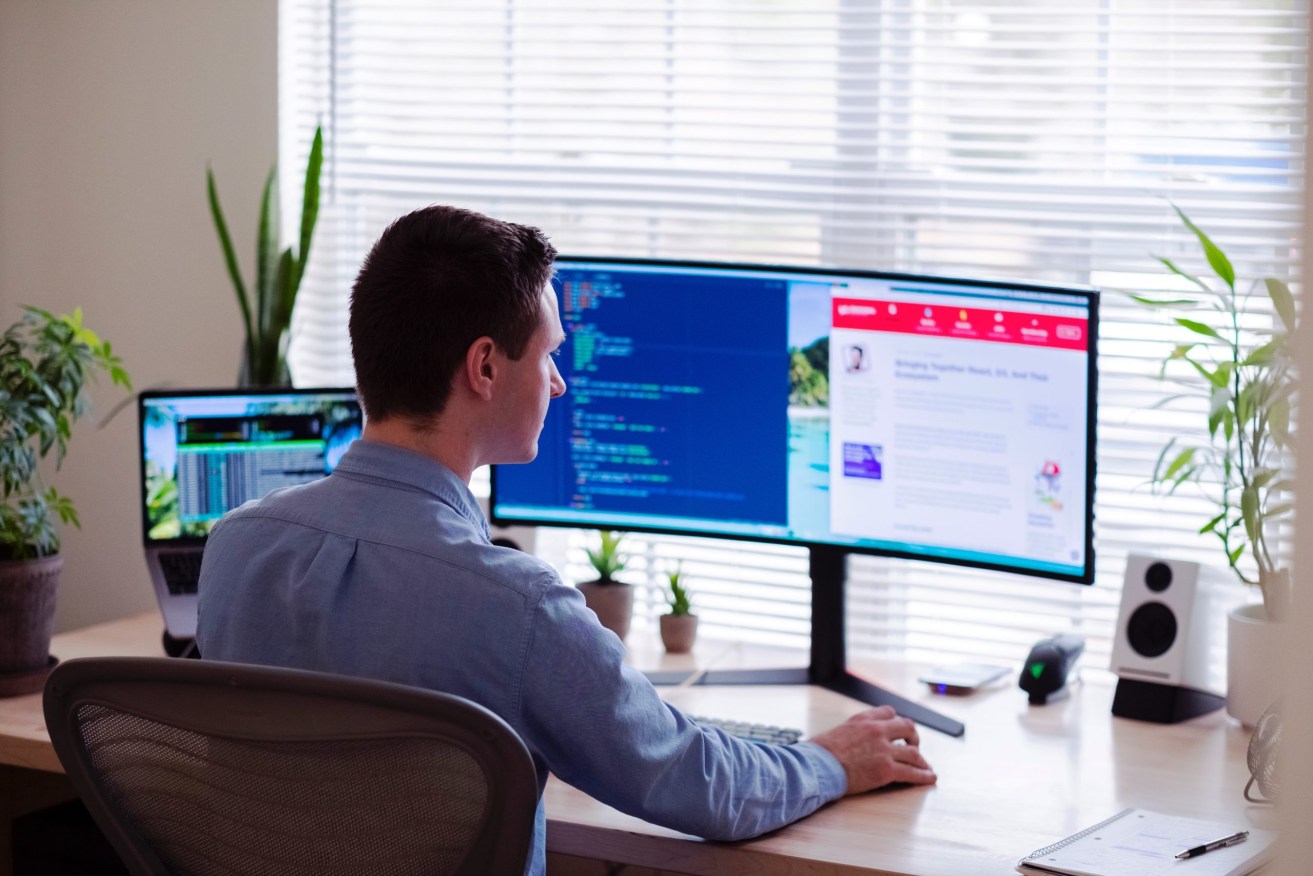Data reveals the profound changes in how Australians live
The COVID-19 pandemic has drastically reshaped the way Australians live, with official data showing some of the simple pleasures were no longer practical for many people.


The pace and scale of the shock caused by COVID-19 means Australia has already changed, and further change is inevitable. (Photo: Supplied)
The Australian Bureau of Statistics data showed how profound the changes have been, particularly in the two worst-affected states of Victoria and NSW.
Since March, working from home had increased by almost 20 per cent. About a third of Australians now worked at home most days. Before the pandemic hit only about 12 per cent worked from home.
Half the people in Victoria (52 per cent) and New South Wales (50 per cent) with a job worked from home one or more times in the last four weeks (compared with 39 per cent in the rest of Australia)
Visiting bars or restaurants had fallen by 20 per cent between March and September and exercising in a gym had fallen 16 per cent.
One in six people said their finances had worsened in the four weeks leading up to the survey.
ABS Head of Household Surveys Michelle Marquardt said the work from home changes were more profound in NSW and Victoria (43 and 32 per cent respectively), while for the rest of Australia it was 22 per cent.
“The latest data highlights the continued impact that COVID-19 and the related restrictions are having on Australians and their families,” Marquardt said.
More than a third of people with children attending school or care said that they had kept their children home due to COVID-19 in the month leading up to the survey.
“Almost half of these children were kept home due to illness (48 per cent) and half due to school closures (48 per cent). This, in turn, impacted people’s work requiring arrangements such as work from home to care for children, changing or reducing hours and/or taking leave from work,” she said.
“We also found that 18 per cent of people with a job did not have enough paid sick leave to take two weeks leave, while 33 per cent had no access to paid sick leave.”
But about 15 per cent said they had increased savings and reduced debt since the COVID-19 restrictions began in March.












